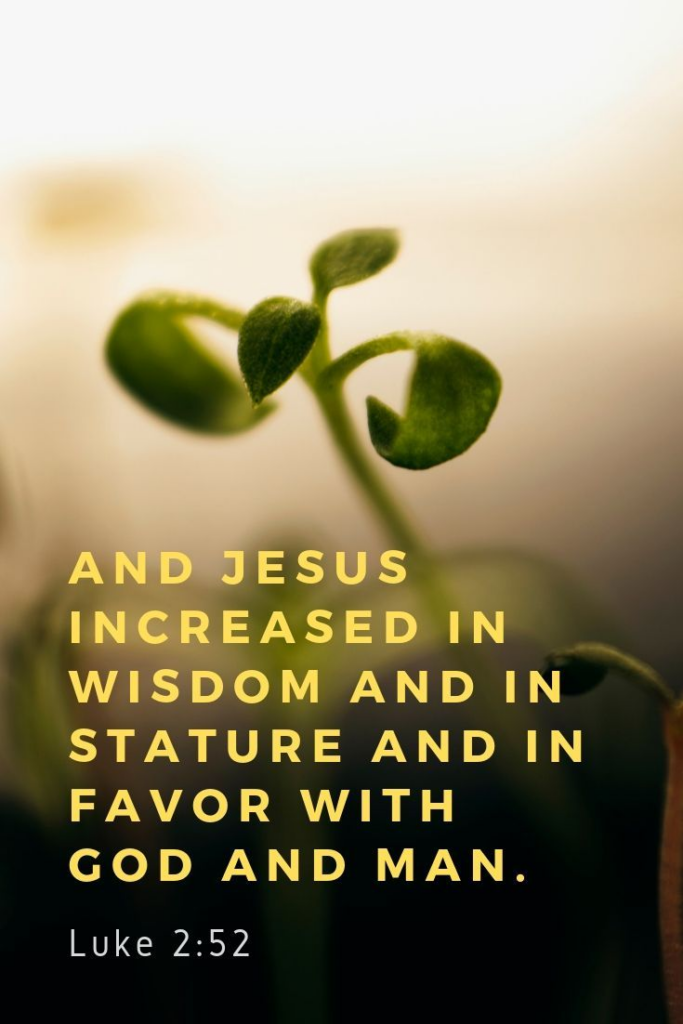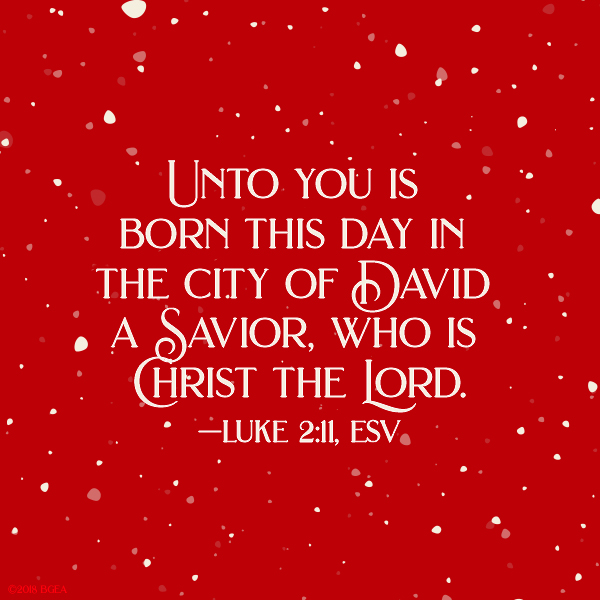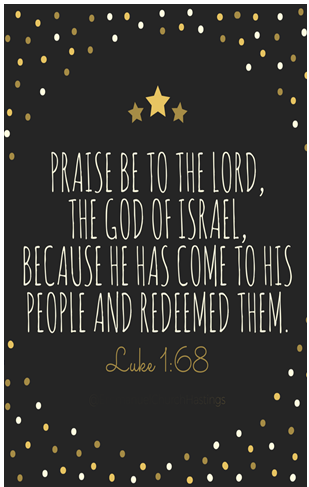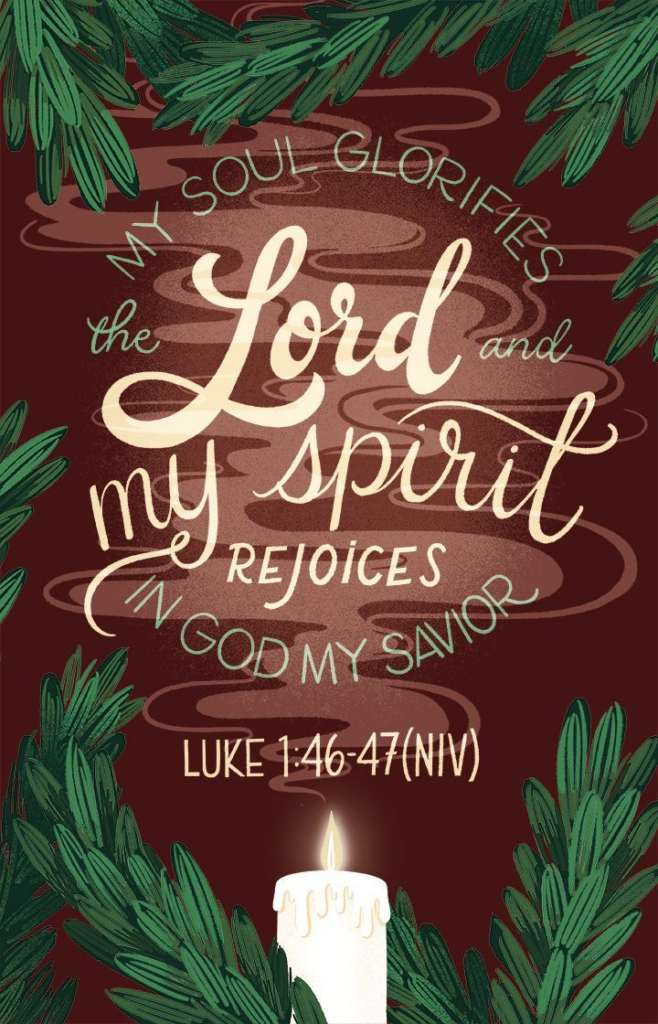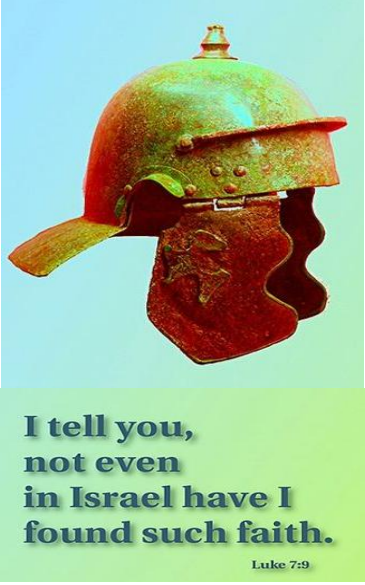Each of the gospel writers, Matthew, Mark and Luke, record the parable that Jesus told, called either the ‘parable of the seeds’ or the ‘parable of the sower’ or the ‘parable of the soil’. In Luke’s gospel, the parable appears in Luke 8:1-21 and is ‘bookended’ by two references to women. Before the parable, referring to those women who supported Jesus through his ministry and then at the end of the parable, his own family, led by his mother Mary. In the middle of these references stands the parable which teaches us about hearing, doing, obeying and growth – all signs that we belong to the Kingdom that Jesus came to bring in through the scattering of the seed (the word of God).
Message
Outline
• The twenty-second in this series
• The context and the parable
• Explaining or hiding truth?
• See how Jesus tells us of…
- Some vital activity (v.4-5a)
- Some varied responses (v.5b-7)
- Some very big results (v.8)
Who Luke has already told us about…
Hearing the Word isn’t enough!
Growth is the proof of life!

